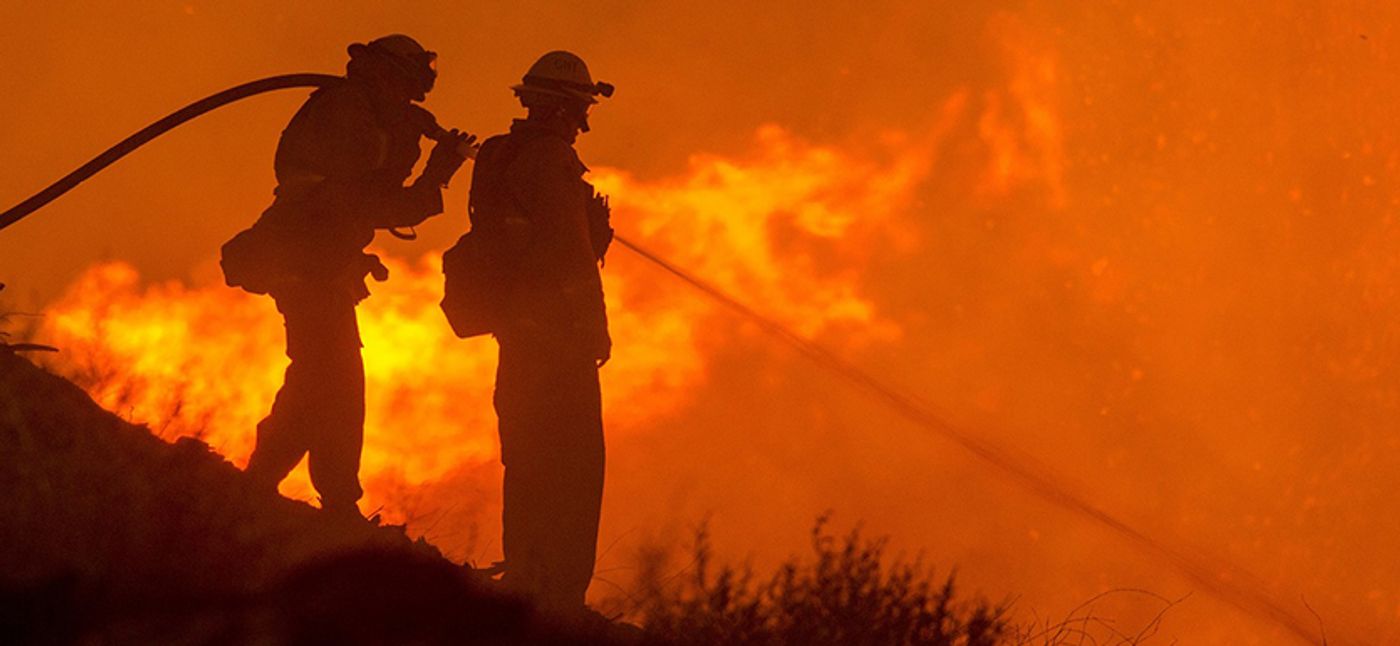The Destructive Force of Fire Tornados
Wildfires have dominated headlines over the past few months, and a related and somewhat rare phenomenon drew even more attention to these disasters. Fire tornados were spotted during massive wildfires in both California and Queensland, Australia, adding more terror to already devasting disasters. These dangerous incidences increase risks to emergency workers and can even cause death in some situations. Thankfully, scientists are working to discover what conditions create fire tornados and whether they can be predicted, or not.
Scientific American recently published an article examining fire tornados by Jason M. Forthofer—a firefighter and mechanical engineer at the U.S. Forest Service’s Missoula Fire Services Laboratory in Montana. According to the article, fire tornados are more extreme than fire whorls because of wind speeds that are comparable to actual tornados. Once formed, a fire tornado is long-lived and can pick up burning debris and fling it farther distances, starting fires in new areas. The video below, produced by Scientific American, illustrates the formation of a fire tornado.
In Australia, climate researchers are fearful that climate change will lead to more frequent fire tornados. An article from Bloomberg discusses new research from the University of New South Wale’s Climate Change Research Centre. According to the article, the researchers discovered that the hot, dry, and windy weather conditions that fuel fire wildfires—technically referred to in this case as “catastrophic pyrocumulonimbus wildfires”—are likely to occur more frequently and earlier in the spring and summer in southeast Australia. These gigantic and powerful fires generate their own weather system, and in certain conditions, can cause fire tornados.
As Forthofer reports in Scientific American, scientists understand the physics of this phenomenon, but predicting the occurrence of fire tornados is not yet possible. They may be more likely to form in areas that provide a source of atmospheric rotation, such as a mountainside, which happened to be the case in the 2018 Carr Fire tornado. Forthofer notes that there have been documented exceptions to this as a large fire whirl occurred over flat grounds in Kansas.
As climate change increases the frequency of wildfires worldwide, the frequency of fire tornados is expected to increase as well if conditions are favorable to their formation. Forthofer is hopeful that along with continuing to study fire tornados, “advances in weather prediction and computing power will, in the near future, give us the ability to issue fire tornado warning—possibly saving lives.”
Sources: Scientific American, Bloomberg









